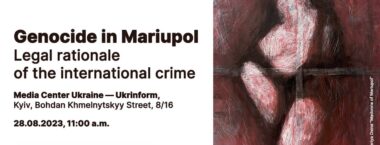
Genocide in Mariupol. Legal rationale of the international crime.
The initiative of the T4P (Tribunal for Putin) presents its first document with systematic justification...
23 August 2023
Information about extrajudicial executions of Ukrainians by the Russian military and Russian torture chambers in the occupied part of the Kharkiv region will be sent to The Hague. In the new submissions to the ICC, human rights activists have argued that Russia’s actions constitute crimes against humanity.
Between February 24, 2022, and March 31, 2023, the “Tribunal for Putin” initiative recorded 213 incidents of severe deprivation of physical liberty in the temporarily occupied part of the Kharkiv region. All of these incidents are described in the submission to the ICC, which was presented on September 27, regarding the alleged commission of a crime against humanity by the Russian military: “imprisonment or other severe deprivation of physical liberty in violation of fundamental norms of international law.
Natalia Yashchuk, project coordinator at the Center for Civil Liberties, stated, “In almost every settlement occupied by Russian troops, there was a place where civilians were taken, and they were subjected to torment, torture, and inhuman treatment. These practices are ongoing and widespread. Torture chambers are a systemic practice of the Russian Federation against the civilian population, used as a method of intimidation and suppression of the will of Ukrainians and their resistance to the occupation.”
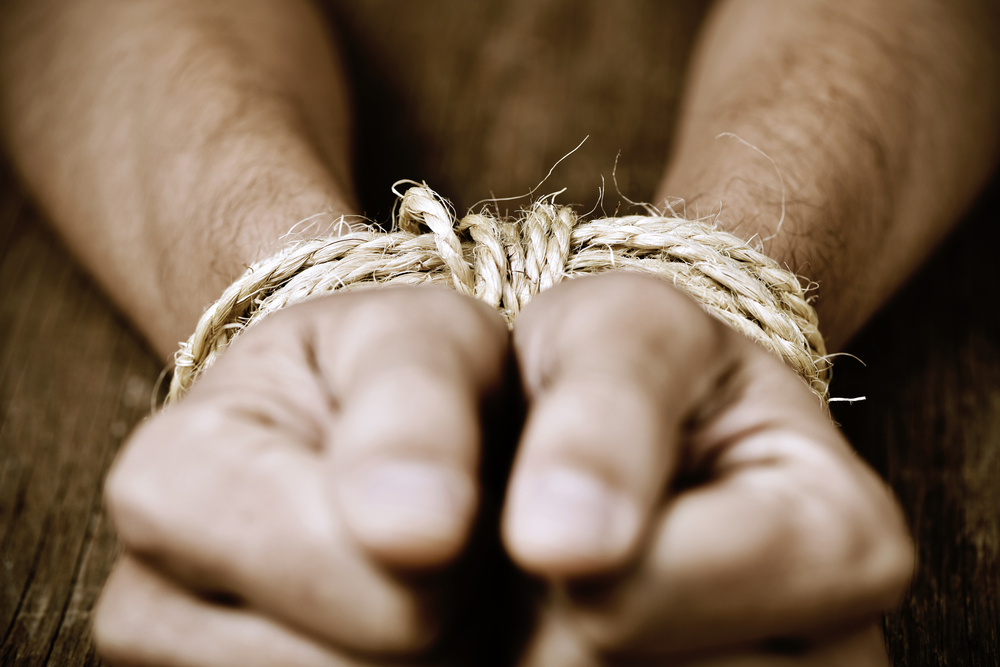
Victims of torture, their relatives, and witnesses of these crimes provided detailed accounts of the most common types of torture that the occupiers have committed and continue to commit against the civilian population. These include beatings, electric shocks, mock executions, and mutilation. Prisoners were held in basements for days, weeks, or even months between these so-called “interrogations.” They were starved, humiliated, and forced to use a bucket as a toilet in the middle of crowded cells.
The submission includes 23 cases, where the documented testimonies of victims were depersonalized and organized by the places of severe deprivation of liberty where people were illegally detained.
The Kharkiv Human Rights Protection Group (KHPG) has submitted detailed testimonies of prisoners about 9 places of severe deprivation of liberty to the Office of the Prosecutor of the ICC. These places were organized by the occupiers in the temporarily occupied territory of the Kharkiv region. According to open sources, a total of 23 torture chambers are operating in the region.
Vladyslav Dolzhko explained, “Russian troops set up an internally structured network of at least two levels of places of illegal detention and torture of civilians in the occupied territory of the Kharkiv region. In the ‘first level’ places of detention, Russian military held civilians for a relatively short time after capture and conducted initial ‘interrogations.’ In ‘second-level’ detention centers, where victims were specially transported, decisions on their fate were usually already made.”
According to the provisions of the Rome Statute of the International Criminal Court, torture can be recognised as a war crime (Article 8) or a crime against humanity (Article 7).
Working on bringing to justice those responsible for torturing civilians in the Kharkiv region in the future, human rights defenders have collected information about 13 alleged perpetrators. This information has already been submitted to the Office of the ICC Prosecutor.
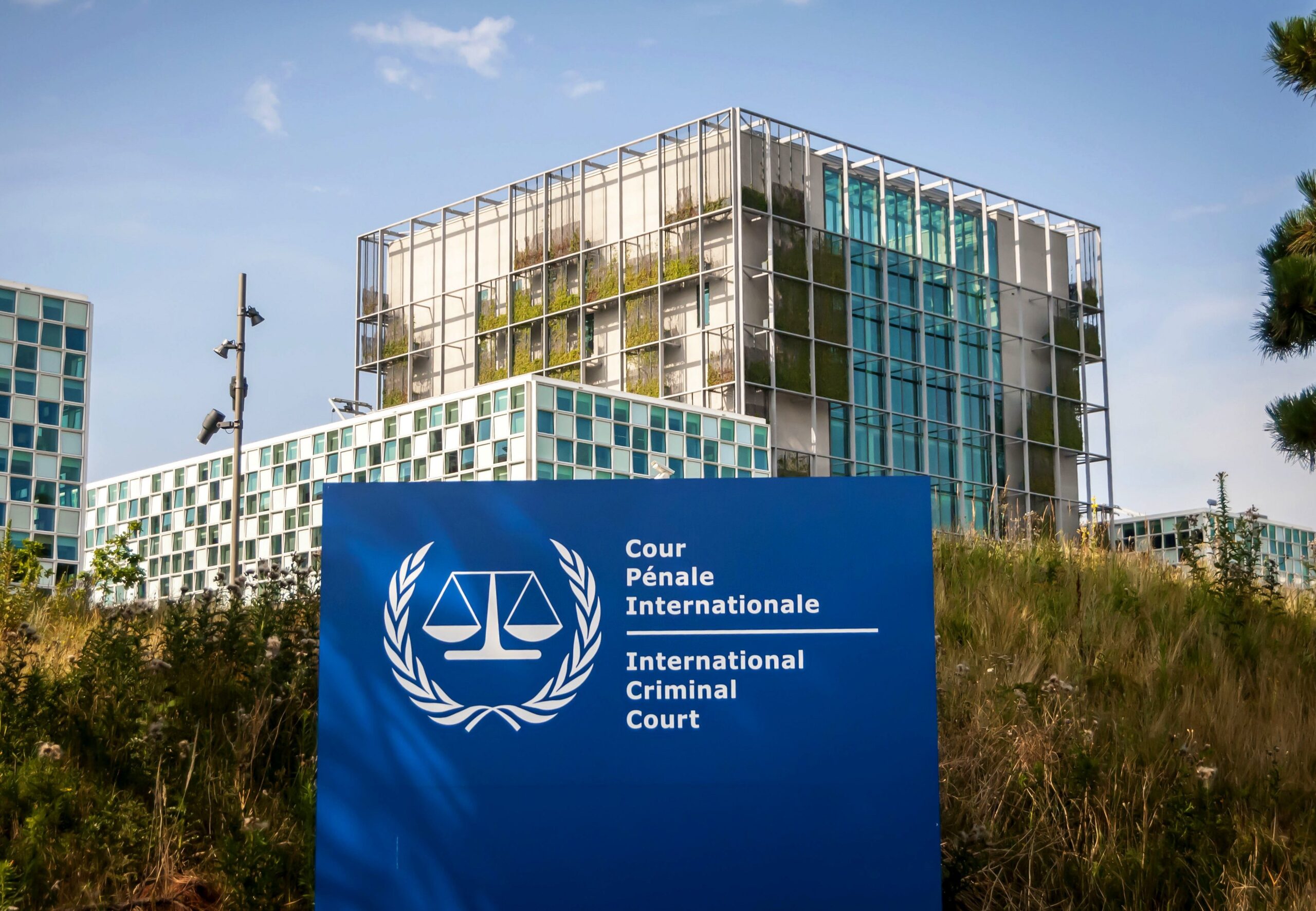
“Extrajudicial executions in Ukraine” is the title of another T4P initiative report presented today. In it, human rights activists have collected and analysed information on 804 premeditated killings committed by the Russian military and its affiliates from the beginning of the full-scale invasion until 31 March 2023. 306 crimes were committed in Kyiv region, 158 – in Kharkiv region, 102 – in Donetsk region, 79 – in Chernihiv region, 67 – in Kherson region, 40 – in Sumy region, and the remaining 52 episodes were committed in Zaporizhzhia, Luhansk, and Mykolaiv regions.
Human rights defenders note that it was impossible to record all the killings due to the imperfections of the legislative system and the lack of appropriate powers of NGOs. In addition, the completeness of the study was affected by factors such as the massive departure of the local population and the reluctance of victims to communicate with representatives of NGOs due to bias, disbelief or fear.
The lion’s share of documented killings are mass shootings with small arms. The Russian military, mostly snipers, simply shot anyone who went out into the street. Most of the victims were civilians who posed no threat to the occupiers and were not part of the armed conflict. The general motive for such killings was to suppress resistance and terrorise the local population.
In the opinion of the occupation authorities, the most dangerous Ukrainians – former military personnel, volunteers, civil society activists – were subjected to extrajudicial executions, often painful and torturous: beatings to death, leaving them to bleed to death, torture leading to death, etc. In most cases, people were first detained for “interrogation” and then, possibly due to resistance or other reasons, killed.
“While conducting the study, we noticed the geographical unevenness of the distribution of the number of alleged murders committed by the Russian military, — said Hanna Ovdienko, an expert of the Kharkiv Human Rights Group and co-author of the submission. — Although all the territories mentioned in the submission were under occupation with the temporary establishment of armed control for a period of time, the duration of the occupation did not correlate with the number of crimes committed. Thus, even though the settlements in the Kyiv oblast were under the control of the Russian Federation for only two months, there were three times as many murders committed there as in the Kharkiv oblast, where the settlements were occupied for almost eight months. Furthermore, we noticed that in one region, for example, in the Kyiv oblast, murders were committed much more frequently in certain settlements than in others. In this regard, the highest number of murders were committed in the Bucha district, while torture and unlawful detention prevailed in the Vyshhorod district, with executions happening only occasionally.”

Human rights defenders have concluded that the number of crimes in a specific territory could depend on direct orders from the military leadership and the actions of particular units responsible for the occupation. In 204 documented cases, specific victims were identified, totaling 214 fatalities (discrepancies arise from the fact that one crime can involve multiple victims). The majority of them were men. Only 33 cases involved women as victims, and in 6 cases, children, including adolescents who could be mistaken for adults, were affected. Relatives of the deceased have expressed their desire to provide information to the International Criminal Court (ICC) about the crimes committed by the Russians.
“Civilians have the right to personal dignity in all circumstances, and they must always be treated humanely and protected from any act of violence, intimidation, insult, and curiosity from the crowd, — emphasizes Yulia Polekhina, the Coordinator of the Admissions Office of the Ukrainian Helsinki Human Rights Union in Dnipro and the “SICH” human rights group. — The killing of civilians is prohibited, constitutes a serious violation of the Fourth Geneva Convention (Article 147), and is a war crime under the Rome Statute of the International Criminal Court.”
All documented facts, both torture and killings, testify to the purpose of these crimes, which is to suppress resistance, induce general fear, and panic among the local population. A significant number of victims are civilian individuals of working age who posed no threat to Russian military forces and were not part of the armed conflict. Human rights defenders believe that Russia’s actions fall under the category of crimes against humanity.
This is the third and fourth submission of the Tribunal for Putin initiative to the Office of the Prosecutor of the International Criminal Court since the beginning of the full-scale war. The previous two submissions pertained to the genocide in Mariupol and the shelling of Ukraine.
The full texts of the T4P initiative’s submissions to the International Criminal Court are available in the online library of the Kharkiv Human Rights Group.
If you find an error on our site, please select the incorrect text and press ctrl-enter.

The initiative of the T4P (Tribunal for Putin) presents its first document with systematic justification...
23 August 2023
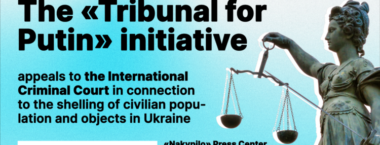
Since the onset of the full-scale invasion, the «Tribunal for Putin» initiative has recorded about...
18 August 2023
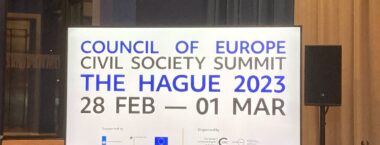
The Civil Society Summit on the Council of Europe (CoE) took place in The Hague...
31 March 2023
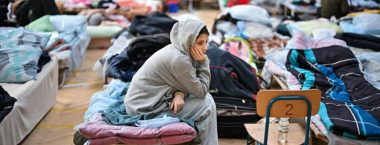
Since the beginning of the full-scale Russian invasion of Ukraine, about 150,000 civilians who fled...
17 October 2022